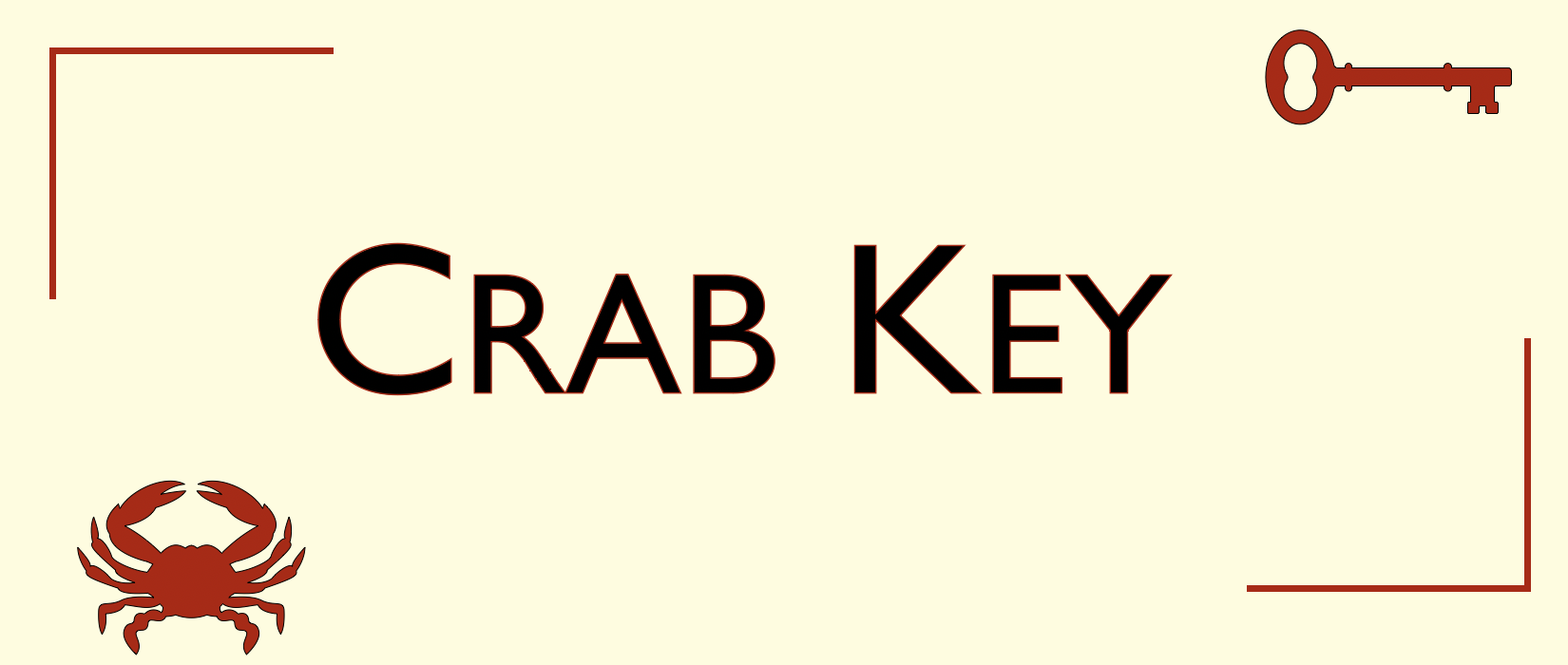After a long wait, my Raspberry Pi turned up today. So, just before Anne came home and wanted the TV, I booted it up to see what it can do.
The Raspberry Pi is a bare board PC running an ARM chip, and is designed to get programming and computer science back into the interest of students at school. More information is on the Raspberry Pi web site here
I decided to use the Fedora Raspberry Pi Remix distro. This was put onto the SD card, seen protruding out of the machine, and once I’d found a suitable power lead, in went the plug and the distro installed itself onto the SD card. As this is an ARM machine, it’s feasible that my old friend RISCOS will run on it, and apparently work is already onto doing this, which will be very exciting.
The Raspberry Pi has an HDMI port to connect to most flat screen TVs, but also an older UHF connector, which will actually fit to a lot of pre-digital TVs, which I might try next.
I suppose the next task is to work out the best way of practicing programming on the Raspberry Pi, which will be the subject of my next post.
In terms of hardware the Raspberry Pi has 2 USB ports, so once a mouse and keyboard are connected (unless using a wireless dongle that contains both), a USB shortage occurs, needing a USB hub which should be an eBay job, a tiny keyboard and mouse would also be good.


Leave a Reply